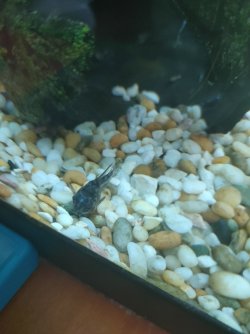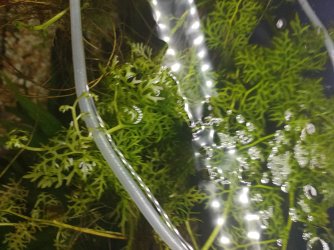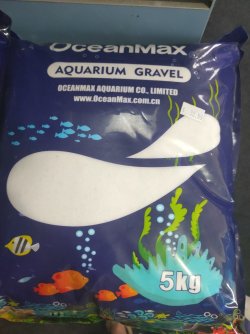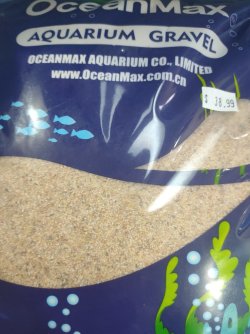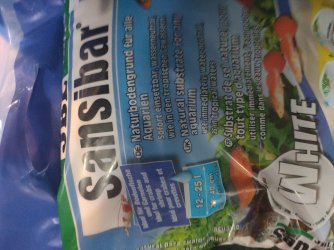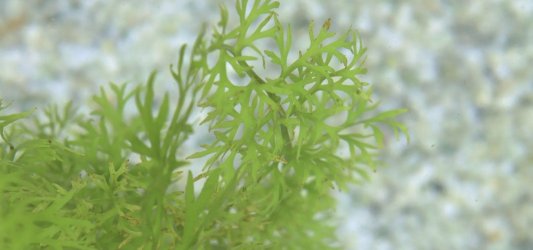You are using an out of date browser. It may not display this or other websites correctly.
You should upgrade or use an alternative browser.
You should upgrade or use an alternative browser.
Cory seems sick
- Thread starter Lamie
- Start date
There is still salt in the tank. When I did the water change I replaced the salt. I'll leave the salt in the for the recommended time 2 weeks. But how should I do my water changes for the next two weeks or so. If I did 4 10litre buckets last night when should I do the next water change?
Can a mod merge this with the previous thread please? We're getting a bunch of scattered threads about the same tank that require combing through posting history or memorising all the details @GaryE @Fishmanic .
There is still salt in the tank. When I did the water change I replaced the salt. I'll leave the salt in the for the recommended time 2 weeks. But how should I do my water changes for the next two weeks or so. If I did 4 10litre buckets last night when should I do the next water change?
The salt might be what's helped that mouth wound heal up so fast.
The more water changes the better. Keep replacing the salt proportionately to the amount of water you're replacing.
Test the water daily. If ammonia or nitrites are ever above zero, a large water change is needed, and the lower the nitrates the better, but water change if it hits 20ppm or more.
I am worried about the sand. I can buy it but I really don't know how to put it in. My thinking is that I make a corner with sand as I have a large piece of wood that I can place sideways through half the tank. Sorry about jumping around on different posts
I explained how you can add it in a different thread. If you stick to the same thread so people have the same info, and ask follow up questions, then people are better able to help you without having to crawl back through posting history.
Yes, in the video and photo, he's still not in perfect condition. It's not an instant fix. But considering how red and raw that wound was on his mouth only the other day, shows improvement, he's not worse, he's better than he was, so giving him up as dead is odd.
Lamie
Fishaholic
The tank is 24 degrees.What percentage of the total water volume?
What temp is the tank at now, and have you checked ammonia, nitrites and nitrates again since?
I can change 4 buckets (maybe 4 1/2 at a stretch)
I haven't checked ammonia, nitrites and nitrates but I will do
Yes, 0.25ppm can sometimes show up erroneously, depending on what test kit you're using. I've heard the API master kit can sometimes throw false results of 0.25ppm, but that also doesn't mean it can just be ignored.Does ammonia usually show at 0.25ppm? It does happen sometimes, and some people always have that reading straight from the tap, but it's usually, I think, ammonium rather than ammonia, and therefore not a problem. But can a chemistry smart person like @Essjay , @Seisage or @gwand check that, with the pH given above, and see what you guys think, please? I get too confused with pH, GH, KH and potential swings, and the difference with the ammonia/ammonium.
To Lamie: The thing to also keep in mind about ammonia readings is that most test kits test for total ammonia, i.e. both ammonia (NH3) and ammonium (NH4). NH4 is much less toxic than NH3. It shouldn't be ignored, but it's not as much of a pressing issue, especially since plants can utilize it (nitrifying bacteria generally do not). The ratio of NH3:NH4 varies with pH and temperature. With a reading of 0.25ppm of total ammonia, a pH of 7.4, and a temp of 24C, the concentration of NH3 is 0.003ppm, which is technically considered safe. The cutoff is 0.025ppm of NH3, at which point it can start to harm fish. There's a good calculator and well as a set of tables that are good reference points for calculating free ammonia (NH3). If you aren't willing or prepared to measure all three (ammonia, pH, and temp) and look up the NH3 values every time you test your water, then just keep things simple and stick with the advice of doing water changes any time you see any ammonia show up on test results.
https://www.hamzasreef.com/Contents/Calculators/FreeAmmonia.php (note that you have to set salinity to 0ppt)
Your Guide to Ammonia Toxicity
*WARNING* This guide is intended to give a better understanding of Ammonia toxicity and is not intended to diagnose or treat any problems. Please use this information wisely. *WARNING* Ammonia. It's bad. I think even the most novice fishkeeper understands this concept. It's a common idea that...
Agreed. This will also help reduce NH3 since higher temperatures = higher NH3 concentrations.So I'd knock the heater down a few degrees, and set it to only come on if it reaches 22 degrees C. That should keep it comfortable for both species.
Lamie
Fishaholic
Here is a photo of the floating plantsI'd get another plant like limnophilia sessiliflora, or some cryptocorynes
Attachments
Lamie
Fishaholic
I'll just post in this thread now.
@MattW3344 any ideas which plant this is? I think water sprite, but I'm no where near 100% sure.
@Lamie did you get those water test results? Remember when testing nitrAtes with the API master test kit that the bottles need to not just be shaken, but really banged hard on a hard surface a few times, shaken, banged again, continue shaking etc. That stuff separates out when it settles and then can give an inaccurate reading, and it takes a decent amount of work to shake it up so it combines again properly.
Lamie
Fishaholic
Lamie
Fishaholic
@MattW3344 any ideas which plant this is? I think water sprite, but I'm no where near 100% sure.
@Lamie did you get those water test results? Remember when testing nitrAtes with the API master test kit that the bottles need to not just be shaken, but really banged hard on a hard surface a few times, shaken, banged again, continue shaking etc. That stuff separates out when it settles and then can give an inaccurate reading, and it takes a decent amount of work to shake it up so it combines again properly.
Lamie
Fishaholic
I think I will get this one. It's not the finest but I think it will be okI'm at the local fish shop this is the sand I can see
Lamie
Fishaholic
The ammonia reads at between 0 and 0.25ppm. Its a bit more yellow than the last time I checked. Maybe it 0.20@MattW3344 any ideas which plant this is? I think water sprite, but I'm no where near 100% sure.
@Lamie did you get those water test results? Remember when testing nitrAtes with the API master test kit that the bottles need to not just be shaken, but really banged hard on a hard surface a few times, shaken, banged again, continue shaking etc. That stuff separates out when it settles and then can give an inaccurate reading, and it takes a decent amount of work to shake it up so it combines again properly.
The nitrite is 0. It's blue no mistaking it
Looks like nitrate is 0 as well.
Lamie
Fishaholic
I'm considering this now. I think I'll keep the gravel substrate. I'll try something other than cories and rehome the remaining cory. I'll still have to wait now for taking the salt dilution process and then wait another two weeks before I get anything else. The tetras. I could maybe get a few more. I'm not sure what other fish to get now. I'll research and read up on everything you have sent throughif it's consistently at the hotter end of their range, and you lose this sickly cory, then it may be worth considering returning or rehoming the remaining peppered cory, and switching to a more tropical type of cory that is less likely to struggle with the summer heat there. Or keeping something other than cories, if you want to keep the gravel substrate.
pretty sure it is water sprite has very similar leaf structure to this@MattW3344 any ideas which plant this is? I think water sprite, but I'm no where near 100% sure.
@Lamie did you get those water test results? Remember when testing nitrAtes with the API master test kit that the bottles need to not just be shaken, but really banged hard on a hard surface a few times, shaken, banged again, continue shaking etc. That stuff separates out when it settles and then can give an inaccurate reading, and it takes a decent amount of work to shake it up so it combines again properly.
Attachments
Similar threads
- Replies
- 5
- Views
- 1K
- Replies
- 10
- Views
- 926
Most reactions
-
 394
394 -
 168
168 -
 154
154 -
 153
153 -
 152
152 -
 139
139 -
 132
132 -
 115
115 -
 101
101 -
 84
84 -
 66
66 -
 61
61 -
 57
57 -
 51
51 -
F
48

